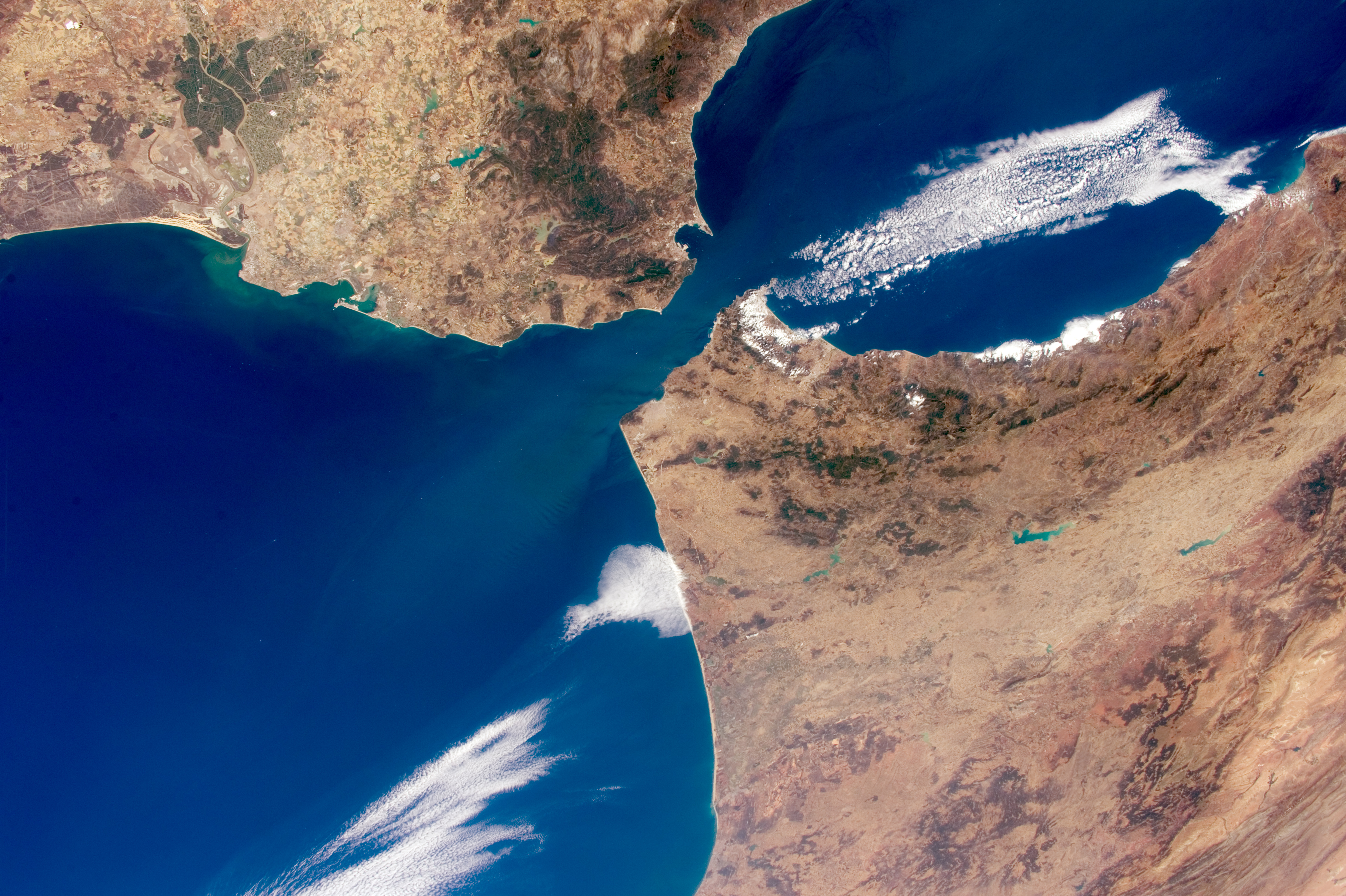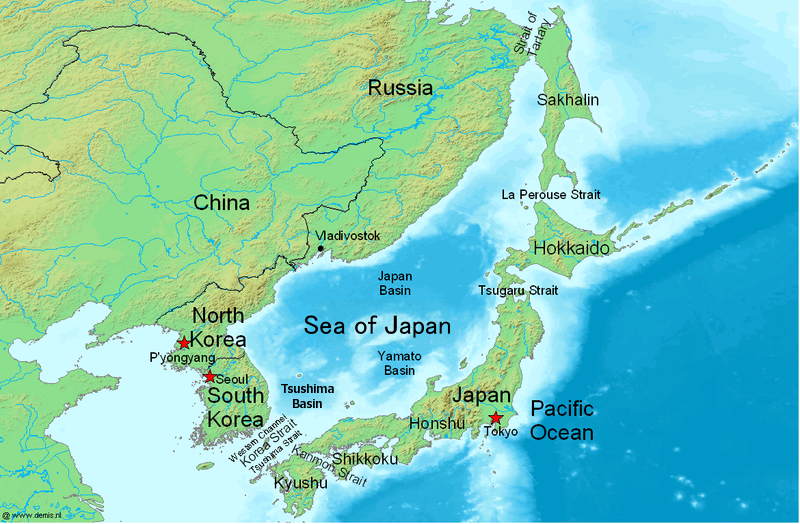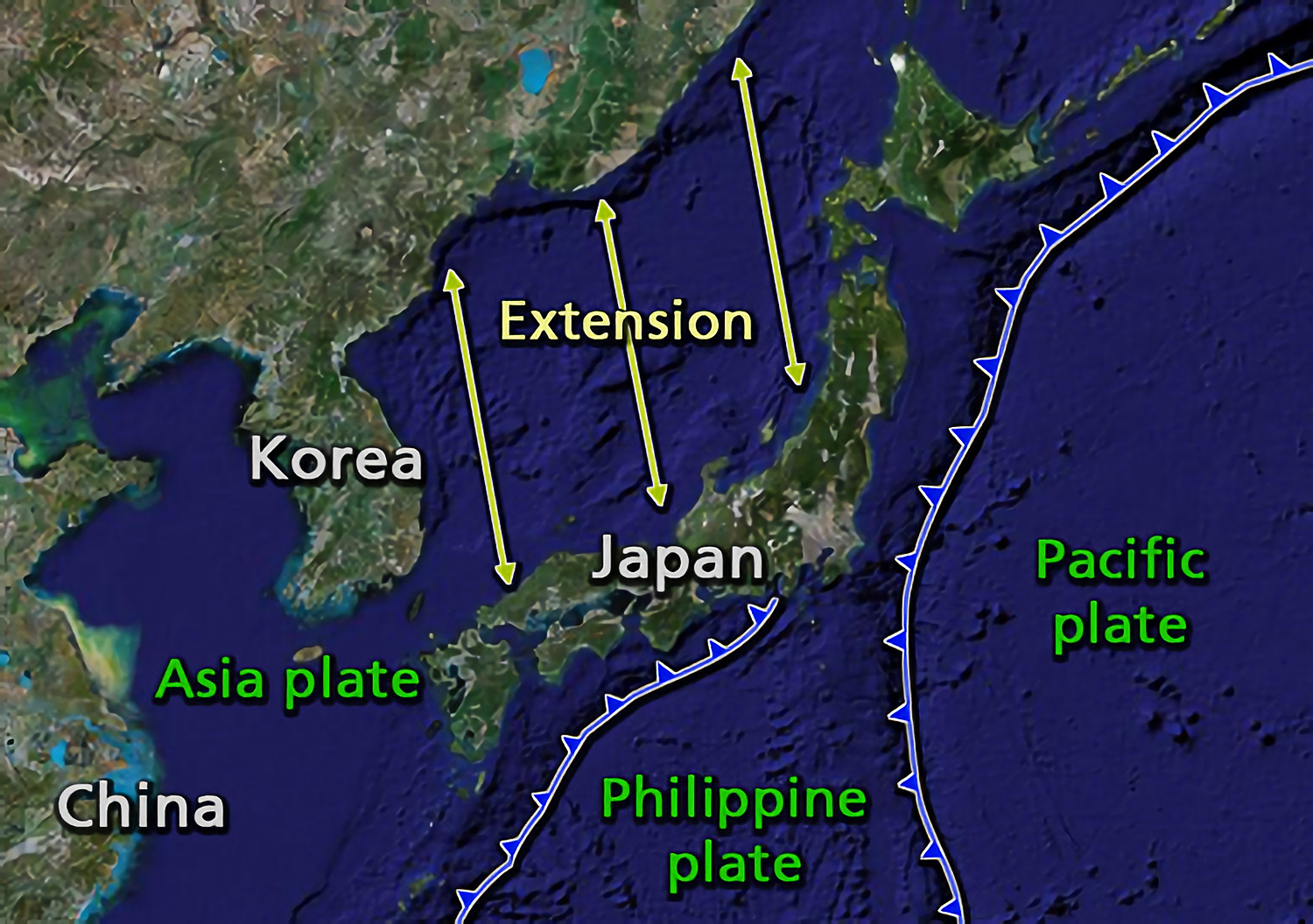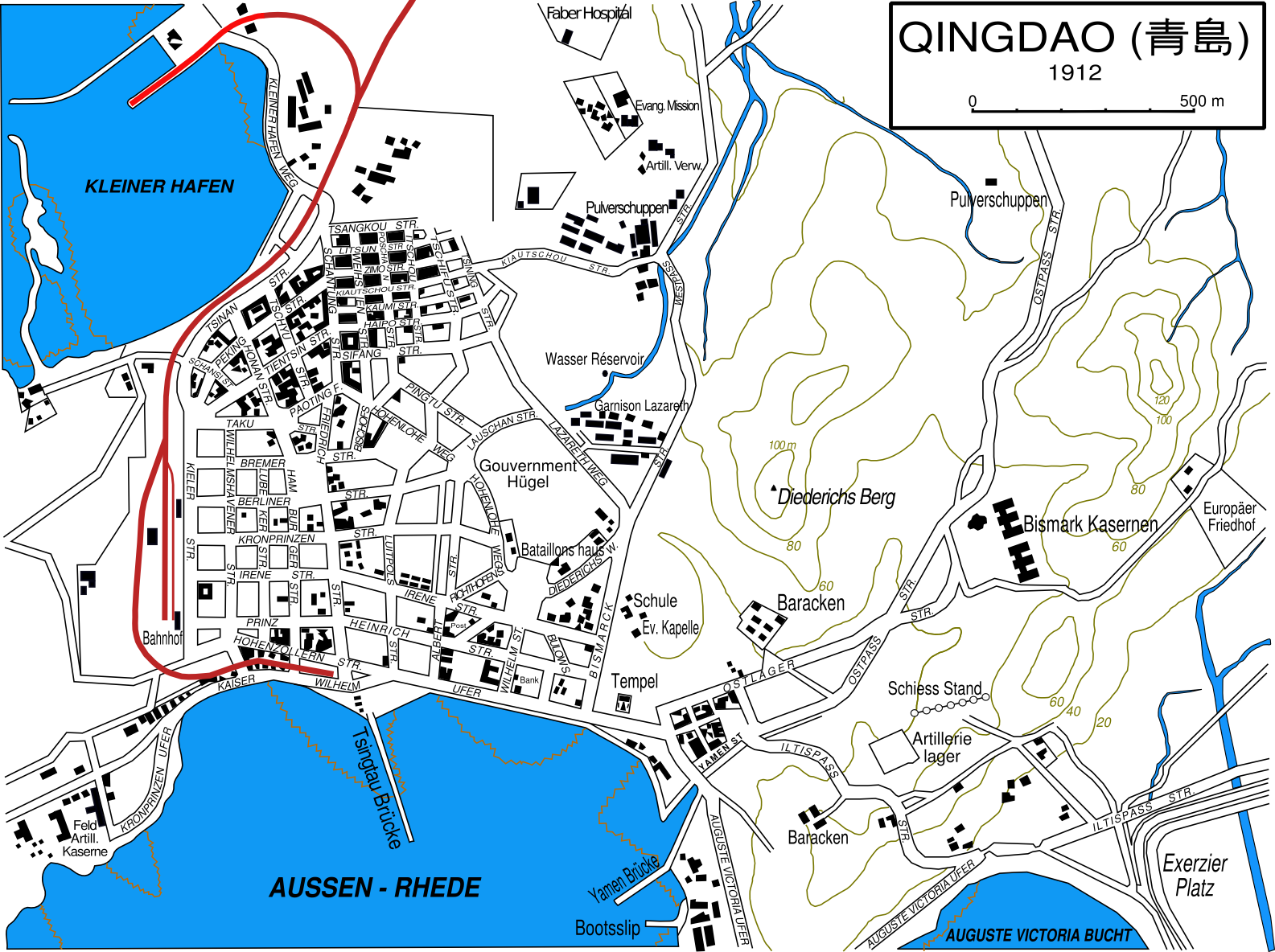|
Kanmon Channel
The or the Straits of Shimonoseki is the stretch of water separating Honshu and Kyushu, two of Japan's four main islands. On the Honshu side of the strait is Shimonoseki (, which contributed "Kan" () to the name of the strait) and on the Kyushu side is Kitakyushu, whose former city and present ward, Moji (), gave the strait its "mon" (). The straits silt up at the rate of about 15 centimetres per annum, and dredging has made it possible to build the Kitakyushu Airport at low cost. Western maps from the 19th century also refer to this waterway as the Straits of Van der Capellen.Taylor, Bayard. ''Japan, In Our Day''. New York: Scribner, Armstrong, and Co, 1872. Preface map. Population of Kanmon area The total population of the Kanmon area is about 1.3 million, counting the whole of Kitakyushu (approx. one million) and Shimonoseki (approx. 300,000), although detailed definitions vary widely (see Fukuoka–Kitakyushu). Tourism *Fireworks festival The Kanmon Straits Summer ... [...More Info...] [...Related Items...] OR: [Wikipedia] [Google] [Baidu] |
Strait
A strait is a water body connecting two seas or water basins. The surface water is, for the most part, at the same elevation on both sides and flows through the strait in both directions, even though the topography generally constricts the flow somewhat. In some straits there is a dominant directional current. Most commonly, the strait is a narrowing channel that lies between two land masses. Straits are loci for sediment accumulation, with sand-size deposits usually occurring on the two strait exits, forming subaqueous fans or deltas. Some straits are not navigable because, for example, they are too narrow or too shallow, or because of an unnavigable reef or archipelago. Terminology The terms '' channel'', ''pass'', or ''passage'' can be synonymous and used interchangeably with ''strait'', although each is sometimes differentiated with varying senses. In Scotland, '' firth'' or ''Kyle'' are also sometimes used as synonyms for strait. Many straits are economically impor ... [...More Info...] [...Related Items...] OR: [Wikipedia] [Google] [Baidu] |
Sea Of Japan
The Sea of Japan is the marginal sea between the Japanese archipelago, Sakhalin, the Korean Peninsula, and the mainland of the Russian Far East. The Japanese archipelago separates the sea from the Pacific Ocean. Like the Mediterranean Sea, it has almost no tides due to its nearly complete enclosure from the Pacific Ocean. This isolation also affects faunal diversity and salinity, both of which are lower than in the open ocean. The sea has no large islands, bays or capes. Its water balance is mostly determined by the inflow and outflow through the straits connecting it to the neighboring seas and the Pacific Ocean. Few rivers discharge into the sea and their total contribution to the water exchange is within 1%. The seawater has an elevated concentration of Oxygen saturation, dissolved oxygen that results in high biological productivity. Therefore, fishing is the dominant economic activity in the region. The intensity of shipments across the sea has been moderate owing to politi ... [...More Info...] [...Related Items...] OR: [Wikipedia] [Google] [Baidu] |
Straits Of Asia
A strait is a water body connecting two seas or water basins. The surface water is, for the most part, at the same elevation on both sides and flows through the strait in both directions, even though the topography generally constricts the flow somewhat. In some straits there is a dominant directional current. Most commonly, the strait is a narrowing channel that lies between two land masses. Straits are loci for sediment accumulation, with sand-size deposits usually occurring on the two strait exits, forming subaqueous fans or deltas. Some straits are not navigable because, for example, they are too narrow or too shallow, or because of an unnavigable reef or archipelago. Terminology The terms '' channel'', ''pass'', or ''passage'' can be synonymous and used interchangeably with ''strait'', although each is sometimes differentiated with varying senses. In Scotland, ''firth'' or ''Kyle'' are also sometimes used as synonyms for strait. Many straits are economically importa ... [...More Info...] [...Related Items...] OR: [Wikipedia] [Google] [Baidu] |
Mekari Shrine
is a Shinto shrine located in Moji-ku, Kitakyūshū, Fukuoka, Japan. History The wife of Emperor Chūai, Empress Jingū, came here sometime during the legendary military invasion of Korea in the 3rd century. She had Mekari Shrine built as a way of giving thanks to the Kami. The present main shrine was rebuilt in 1767 by the Ogasawara clan from Harima. Mekari Shinji Shinto ritual In the shrine's Shinto ritual called ''Mekari Shinji'', wakame seaweed is cut from the ocean at low tide and offered to an altar in a ceremony conducted in the early morning hours of the first day of the New Year according to the old lunar calendar. The ritual is thought to bring about good luck and has been designated an Intangible Folk Cultural Asset by Fukuoka prefecture. See also *List of Shinto shrines Gallery File:Mekari-jinja 02.JPG, View of Kanmon Straits from the shrine File:Mekari-jinja 04.JPG, A torii standing with Kanmonkyo Bridge The ( Asian Highway Network ) is a suspension bri ... [...More Info...] [...Related Items...] OR: [Wikipedia] [Google] [Baidu] |
Geology Of Japan
The islands of Japan are primarily the result of several large ocean movements occurring over hundreds of millions of years from the mid-Silurian to the Pleistocene, as a result of the subduction of the Philippine Sea Plate beneath the continental Amurian Plate and Okinawa Plate to the south, and subduction of the Pacific Plate under the Okhotsk Plate to the north. Japan was originally attached to the eastern coast of the Eurasian continent. The subducting Philippine and Pacific plates descended beneath the Asian plate into the eastward flow of the asthenosphere. This change in pressure from the asthenosphere pushing back on the subjected plates pulled Japan eastward off of Asia in the process of Back-arc basin, back-arc extension. This opened up the Sea of Japan around 15 million years ago. The Strait of Tartary and the Korea Strait opened much later. Japan is situated in a Volcano, volcanic zone on the Pacific Ring of Fire. Frequent low intensity earth tremors and occasional v ... [...More Info...] [...Related Items...] OR: [Wikipedia] [Google] [Baidu] |
Qingdao
Qingdao, Mandarin: , (Qingdao Mandarin: t͡ɕʰiŋ˧˩ tɒ˥) is a prefecture-level city in the eastern Shandong Province of China. Located on China's Yellow Sea coast, Qingdao was long an important fortress. In 1897, the city was ceded to Germany. For the Germans Qingdao (Tsingtau) was a strategic trade center, port and base for its East Asia Squadron, allowing the German navy to project dominance in the Pacific. In 1914, following the outbreak of World War I, Japan occupied the city and the surrounding province during the Siege of Tsingtao. In 1915, China agreed to recognize Japan's special position in the territory through what became known as the Twenty-One Demands. In 1918, the Chinese government, under the control of the warlord Duan Qirui, secretly agreed to Japanese terms in exchange for a loan. Following the First World War, during the Paris Peace Conference, Japan secured agreements with the Allied powers to recognize its claim to the areas in Shandong, which in ... [...More Info...] [...Related Items...] OR: [Wikipedia] [Google] [Baidu] |
Busan
Busan (), officially Busan Metropolitan City, is South Korea's second list of cities in South Korea by population, most populous city after Seoul, with a population of over 3.3 million as of 2024. Formerly romanized as Pusan, it is the economic, cultural and educational center of southeastern South Korea, with its port being South Korea's busiest and the sixth-busiest in the world. The surrounding "Southeastern Maritime Industrial Region" (including Ulsan, South Gyeongsang Province, South Gyeongsang, Daegu, and part of North Gyeongsang Province, North Gyeongsang and South Jeolla Province, South Jeolla) is South Korea's largest industrial area. The large volumes of port traffic and urban population in excess of 1 million make Busan a Large-Port metropolis using the Southampton System of Port-City classification. As of 2019, Busan Port is the primary port in Korea and the world's sixth-largest container port. Busan is divided into 15 major administrative districts and a single co ... [...More Info...] [...Related Items...] OR: [Wikipedia] [Google] [Baidu] |
Treaty Of Shimonoseki
The , also known as the Treaty of Maguan () in China or the in Japan, was signed at the hotel in Shimonoseki, Japan, on April 17, 1895, between the Empire of Japan and Qing China. It was a treaty that ended the First Sino-Japanese War, in which Chinese land and naval forces were decisively defeated by the Japanese. The treaty was signed by Count Itō Hirobumi and Viscount Mutsu Munemitsu for Japan and Li Hongzhang and his son Li Jingfang on behalf of China. The peace conference took place from March 20 to April 17, 1895, and the treaty followed and superseded the Sino-Japanese Friendship and Trade Treaty of 1871. It consisted of 11 articles which provided for the termination of China's tributary relations with Korea; required that China pay an indemnity of 200 million taels and cede Taiwan (Formosa), the Penghu (Pescadores) Islands, and the Liaodong Peninsula to Japan; and opened four cities ( Shashi, Chongqing, Suzhou, and Hangzhou) to Japan as trading ports. Howev ... [...More Info...] [...Related Items...] OR: [Wikipedia] [Google] [Baidu] |
Battle Of Shimonoseki Straits
The Battle of Shimonoseki Straits () was a naval engagement fought on July 16, 1863, by the United States Navy warship against the powerful ''daimyō'' (feudal lord) Mōri Takachika of the Chōshū Domain, Chōshū clan based in Shimonoseki. USS ''Wyoming'' under Captain David McDougal, sailed into the strait and single-handedly engaged the US-built but poorly manned Japanese fleet. Engaged for almost two hours before withdrawing, McDougal sank two enemy vessels severely damaged the other one, and inflicted some forty Japanese casualties. ''Wyoming'' suffered considerable damage with four crew dead and seven wounded. The battle was a prelude to the larger-scale 1863 and 1864 Shimonoseki campaign by allied foreign powers. It took place among the troubled events of the Late Tokugawa shogunate from 1854 to 1868, associated with the opening of Japan to the European and American powers. Background In 1863, the Japanese Emperor Kōmei, breaking with centuries of imperial tradition a ... [...More Info...] [...Related Items...] OR: [Wikipedia] [Google] [Baidu] |





